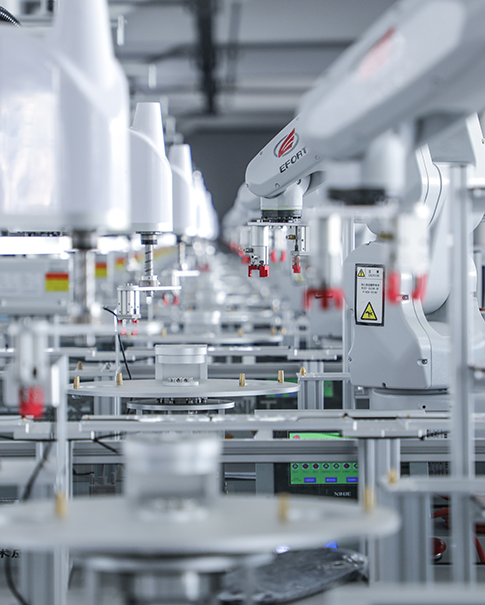In the dynamic world of business, customer demand is a constantly evolving force. It's not just about the number of products or services customers want (volume). The timing of when they desire these offerings can vary significantly. For example, demand for winter clothing spikes during the colder months. Location also plays a huge role. A beachside store will have a different demand pattern for swimsuits compared to an inland store. Additionally, different demographic groups have distinct needs and wants. Younger generations might be more interested in the latest tech gadgets, while older demographics may prioritize comfort and reliability in products.
Traditional ways of predicting trends have long been a staple in the business world. These methods heavily rely on historical data. By crunching numbers from past sales, businesses can identify patterns. For instance, if a store notices that sales of a particular brand of coffee increase every summer, they can use this historical data to anticipate similar demand in the upcoming summers. Numerical operations such as calculating averages, trends, and seasonality factors are used to make these predictions. This helps in basic inventory management, ensuring that stores don't over - or under - stock products.
However, traditional methods are not without their flaws. They often struggle to account for sudden, unexpected changes. A new competitor entering the market or a major global event can disrupt historical trends. For example, the COVID - 19 pandemic completely upended demand patterns for many industries. Traditional prediction models, based on pre - pandemic data, were rendered ineffective. Also, these models may not be able to quickly adapt to rapid technological changes or shifts in consumer behavior that occur outside of regular cycles.
Thankfully, the digital age has brought about new technologies that can enhance demand prediction. Big data analytics allows businesses to analyze vast amounts of data from multiple sources, including social media, customer reviews, and online browsing behavior. Machine learning algorithms can then be trained on this data to identify complex patterns and make more accurate predictions. For example, an e - commerce platform can use machine learning to predict which products a customer is likely to buy based on their past purchases, browsing history, and the behavior of similar customers.
Predicting customer demand is only half the battle. The real magic happens when businesses can respond proactively. If a company predicts an increase in demand for a certain product, they can ramp up production, ensure sufficient inventory, and even plan marketing campaigns around it. This not only satisfies customer needs but also gives the business a competitive edge. On the other hand, if a decline in demand is predicted, companies can adjust their strategies, such as reducing production or diversifying their product lines.
Email us
Reply within one working dayVisit us
32D Guomao Building, No.388, Hubin South Road, Siming DistrictDisclaimer : Salesplc sells new and surplus products and develops channels for purchasing such products. This website has not been approved or recognized by any of the listed manufacturers or trademarks. Salesplc is not an authorized distributor, dealer, or representative of the products displayed on this website. All product names, trademarks, brands, and logos used on this website are the property of their respective owners. The description, explanation, or sale of products with these names, trademarks, brands, and logos is for identification purposes only and is not intended to indicate any association with or authorization from any rights holder.
Copyright @2024 SalesPlc Limited. Sitemap
/ Blog
/ XML
/ Terms And Conditions
/ Privacy Policy
 Network Supported
Network Supported
